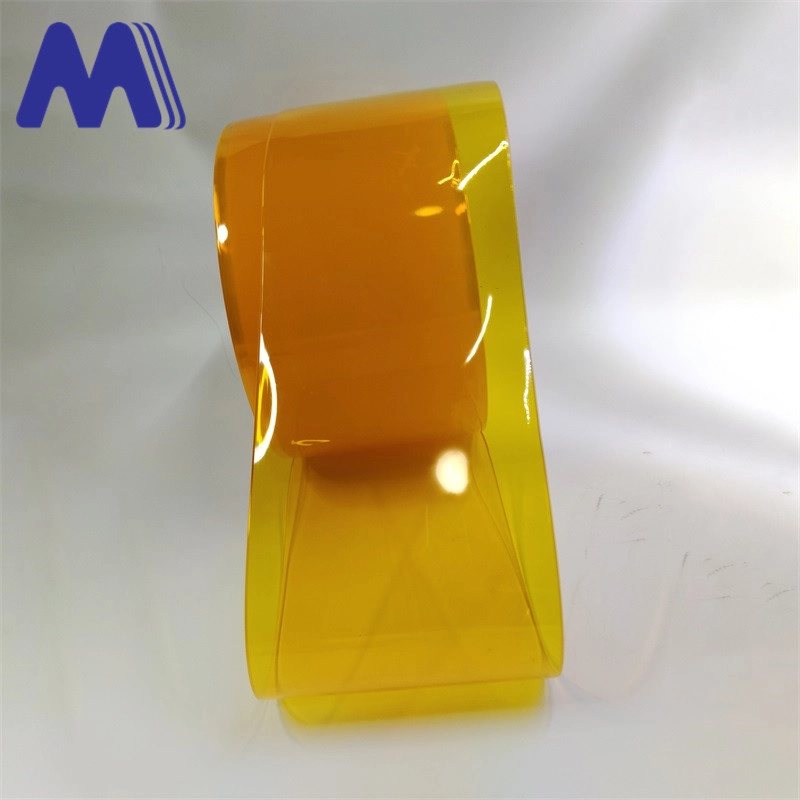- Afrikaans
- Albanian
- Amharic
- Arabic
- Armenian
- Azerbaijani
- Basque
- Belarusian
- Bengali
- Bosnian
- Bulgarian
- Catalan
- Cebuano
- Corsican
- Croatian
- Czech
- Danish
- Dutch
- English
- Esperanto
- Estonian
- Finnish
- French
- Frisian
- Galician
- Georgian
- German
- Greek
- Gujarati
- Haitian Creole
- hausa
- hawaiian
- Hebrew
- Hindi
- Miao
- Hungarian
- Icelandic
- igbo
- Indonesian
- irish
- Italian
- Japanese
- Javanese
- Kannada
- kazakh
- Khmer
- Rwandese
- Korean
- Kurdish
- Kyrgyz
- Lao
- Latin
- Latvian
- Lithuanian
- Luxembourgish
- Macedonian
- Malgashi
- Malay
- Malayalam
- Maltese
- Maori
- Marathi
- Mongolian
- Myanmar
- Nepali
- Norwegian
- Norwegian
- Occitan
- Pashto
- Persian
- Polish
- Portuguese
- Punjabi
- Romanian
- Russian
- Samoan
- Scottish Gaelic
- Serbian
- Sesotho
- Shona
- Sindhi
- Sinhala
- Slovak
- Slovenian
- Somali
- Spanish
- Sundanese
- Swahili
- Swedish
- Tagalog
- Tajik
- Tamil
- Tatar
- Telugu
- Thai
- Turkish
- Turkmen
- Ukrainian
- Urdu
- Uighur
- Uzbek
- Vietnamese
- Welsh
- Bantu
- Yiddish
- Yoruba
- Zulu
Exploring the Versatility and Applications of PVC Soft Film in Various Industries
Understanding PVC Soft Film Properties, Applications, and Benefits
Polyvinyl chloride (PVC) is a widely used thermoplastic material known for its versatility and range of applications. Among the various forms of PVC products, PVC soft film has gained significant popularity in many industries due to its unique properties and adaptability. This article will explore the characteristics, applications, and benefits of PVC soft film.
Characteristics of PVC Soft Film
PVC soft film is characterized by its flexibility, durability, and resistance to various environmental factors. The film is manufactured through a process that involves the mixing of PVC resin with plasticizers, which enhances its softness and pliability. This combination results in a lightweight material that can be easily manipulated for various uses.
One of the primary properties of PVC soft film is its excellent resistance to chemicals, making it suitable for applications in industries such as packaging, construction, and healthcare. Moreover, the film is resistant to moisture, which is crucial in preventing the degradation of products stored within it. The transparency of PVC soft film also allows for easy visibility of the contents, making it an ideal choice for packaging applications.
Applications of PVC Soft Film
1. Packaging Industry PVC soft film is widely used in the packaging sector due to its ability to provide a protective barrier for various products. It is commonly used for food packaging, medical devices, and consumer goods. Its lightweight nature reduces shipping costs, while its moisture-resistant properties help extend the shelf life of perishable items.
2. Construction In the construction industry, PVC soft film serves as a vapor barrier and waterproofing material. It protects against moisture infiltration, which can damage structures or lead to mold growth. Additionally, it is used in creating protective sheeting for surface protection during construction projects.
pvc soft film

3. Automotive PVC soft film finds applications in the automotive industry, where it is used to produce interior components, such as seat covers and trim. Its flexibility and durability make it ideal for parts that require both form and function.
4. Medical Applications Due to its biocompatibility and ease of sterilization, PVC soft film is often used in the medical field for packaging sterile medical instruments, IV bags, and other healthcare products. It ensures the integrity of medical devices while providing a safe barrier against contamination.
5. Agriculture In agricultural applications, PVC soft film is utilized for greenhouse covering and soil cultivation. It helps to create a controlled environment for crops, promoting growth while shielding plants from harsh weather conditions.
Benefits of PVC Soft Film
The advantages of using PVC soft film are manifold. Firstly, its flexibility allows manufacturers to customize it according to specific application needs, whether it requires being thin and lightweight or thick and durable. Secondly, the film is cost-effective, offering manufacturers and consumers an affordable option without compromising quality.
The ease of fabrication is another significant benefit. PVC soft film can be thermoformed, printed on, and slitted easily, making it suitable for a variety of production processes. This adaptability extends to its compatibility with various adhesives and coatings, allowing for different finishing options.
Furthermore, PVC soft film can be recycled, contributing to environmental sustainability initiatives. As industries increasingly focus on reducing their ecological footprints, the ability to recycle PVC soft film makes it a more attractive option.
In conclusion, PVC soft film is an innovative material that has found applications across various industries, from packaging and construction to healthcare and agriculture. Its unique properties, such as flexibility, chemical resistance, and moisture barrier capabilities, make it a reliable choice. As technology continues to advance, the potential for PVC soft film applications will likely expand even further, solidifying its status as a vital resource in modern manufacturing.
-
Industrial Plastic Curtains for Efficient Temperature Control Durable Strip Doors for Butchers & RefrigeratorsNewsJul.07,2025
-
High-Quality PVC Door Curtain – Magnetic & Transparent Options for Efficient SeparationNewsJul.07,2025
-
High-Quality 냉장실용 커튼 for Efficient Cooling Durable PVC Coated Wire Mesh RollosNewsJul.06,2025
-
Antistatic PVC Strip Curtains – Superior Static Protection & Easy InstallationNewsJul.06,2025
-
Clear Freezer Curtains - Durable Vinyl & Plastic Curtains for Cold Storage SolutionsNewsJul.06,2025
-
Transparent PVC-Folie – Flexible & Durable Clear Plastic Sheets for Versatile UseNewsJul.05,2025



